Akron seeks funds to raze Firestone Building, Morley Health Center and other aging buildings
Akron city administrators are applying to the Ohio Department of Development for $9 million, which would require a $3 million local match, to demolish five commercial buildings.
These massive structures cover more than 1.6 million square feet and reach far back into Akron's history: a 100-year-old elementary school, a downtown pillar of public health, the once-largest megachurch in America, an obscure factory where Akron students learned the trades, and the largest tire factory Akron has ever seen.
These are the stories of the five vacant structures the city hopes it can finally afford to take down.
Firestone Building
Location: 1200 Firestone Parkway
Owner: City of Akron
Size: 1 million square feet
While Goodyear was building the longest tire manufacturing facility in Akron in 1910, Firestone was opening the largest, a 1-million-square-foot plant at 1200 Firestone Parkway.
The plant initially employed 1,600 to 1,800 workers and, along with other Firestone factories, supplied 75% of the steel bases for military tires in World War I.
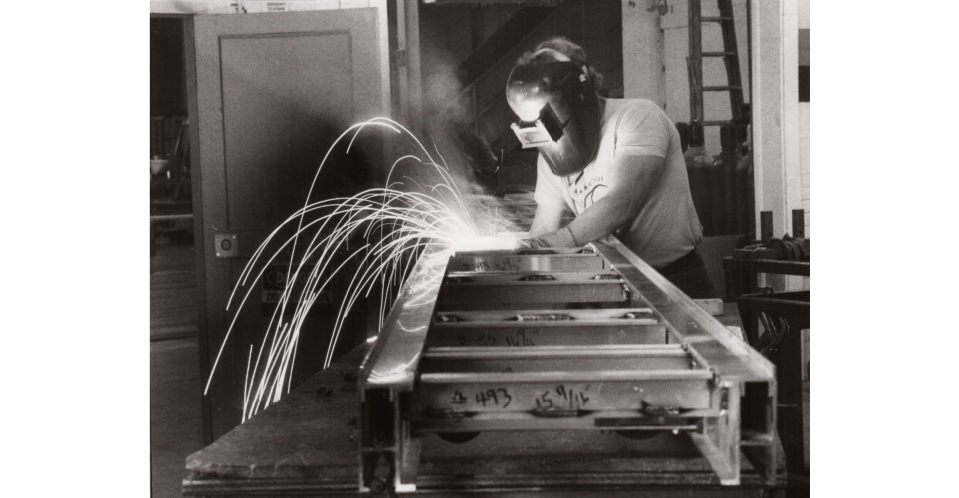
Firestone Tire and Rubber Co., a company whose namesakes went from cornering the buggy tire market to setting up rubber plantations in West Africa, revolutionized the rubber industry by applying racing tire designs to common vehicle tires and inspiring the national highway system and modern trucking industry by pioneering the shipment of goods.
Firestone, founded in 1900 with $20,000, reached global sales $1 billion by 1951, about 25 years before the collapse of Akron’s rubber factories.
The Firestone Plant 2 demolition in 1980 showcased the monumental feat of razing factories built to endure. The demolition of the 1918 factory took two years to complete as crews sawed through steel supports and set dynamite to foundations, watching in awe as, even with nothing holding them, the concrete floors and bases still took repeated swings of the wrecking ball to crack.
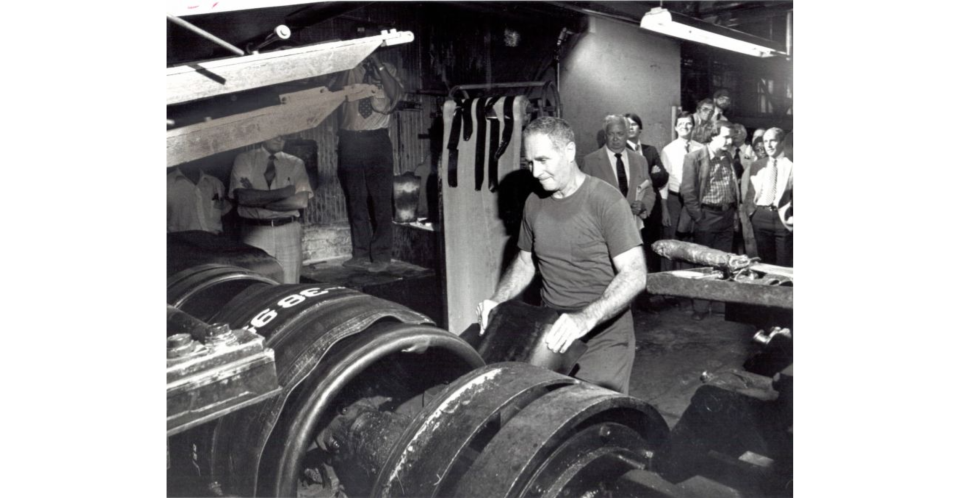
Some Firestone assets have found new life. Portions of Summit County government and the land bank moved into a renovated Firestone shipping and warehouse facility just south of the Firestone Building in 2017.
The company also removed the iconic red Firestone letters from the top of the Firestone Building in 2020 and reassembled them on the Bridgestone's Advanced Tire Production Center at 1670 Firestone Parkway.
The city of Akron put the demolition of the flagship Firestone Building at $7.5 million.
After demolition of the building, city officials plan to build a 200,000-square-foot spec building marketed to a yet-unknown commercial user who would outfit the facility to suit their business needs.
Rankin Elementary School
Location: 415 Storer Ave.
Owner: Leroy Stowers
Size: 69,199 square feet
It’ll cost more to tear down Rankin Elementary than the Akron Board of Education paid to build the school in 1925, even after adjusting for inflation. The $55,270 construction cost then is worth $983,324 today, less than the $1 million the city estimates for demolition.
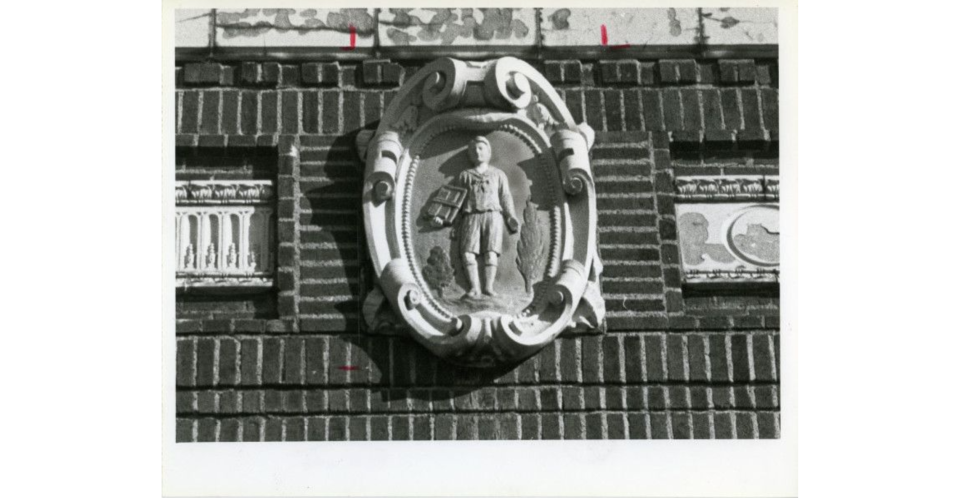
With construction ongoing, the first students moved into the George T. Rankin School on Storer Avenue in West Akron on a Monday in February 1926. Construction was supposed to be done in December. V. W. Surber Construction Co. had to pay a $100-per-day penalty to finish the job with kids in classrooms.
The school’s namesake served four decades as construction superintendent for Akron Public Schools and later joined the board of education.
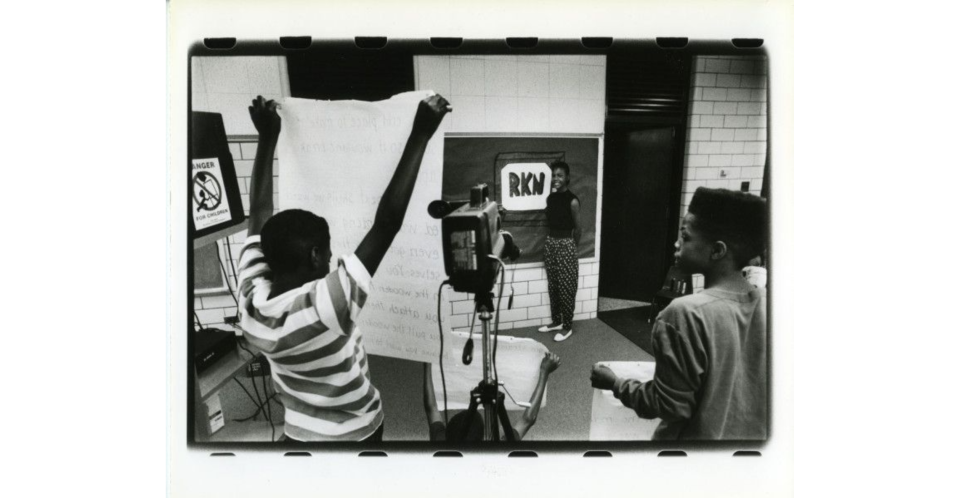
Space was added to the school in 1953 and 1967 as population peaked in Akron. Another 7,000 square feet was added in 1981 for more teaching space, a computer room and a new entrance.
Rankin, along with Barrett and Essex elementary schools, closed after the 2011-12 school year at the halfway point of a citywide school reconstruction program and amid steadily declining student enrollment.
The building is one of 10 that sold at public auction in 2019. Leroy Stowers of L. Stowers Community Development LLC paid $19,250 for Rankin, as well as $44,000 each for Smith and Lawndale elementary schools, which have since been demolished.
Reached by phone, Stowers said he’s not ready to tell the full story of what happened to the buildings he purchased.
“Hopefully, it'll wake up some naysayers” about the “city going against you on a lot of things,” he said.
Stowers owes $448,354 in back taxes, including the cost of demolition, for Lawndale. Smith is tax delinquent to the tune of $42,876, a bill that will soon grow by $550,000 when the city of Akron asks the Summit County Fiscal Office to affix the cost of demolition for that school, which caught fire and began to crumble in June. Smith was an emergency demolition. City officials said they were unsuccessful in trying to contact Stowers.
The Word Church
Location: 2324 Manchester Road
Owner: The Word Church
Size: 263,000 square feet
With limited options for reuse and a county appraisal of nearly $5.4 million, Akron Baptist Temple sold its megachurch and 29 acres on Manchester Road in June 2018 for $1.5 million. The predominantly white church stayed there for 10 more months before rebooting as Connect Church in Coventry Township.
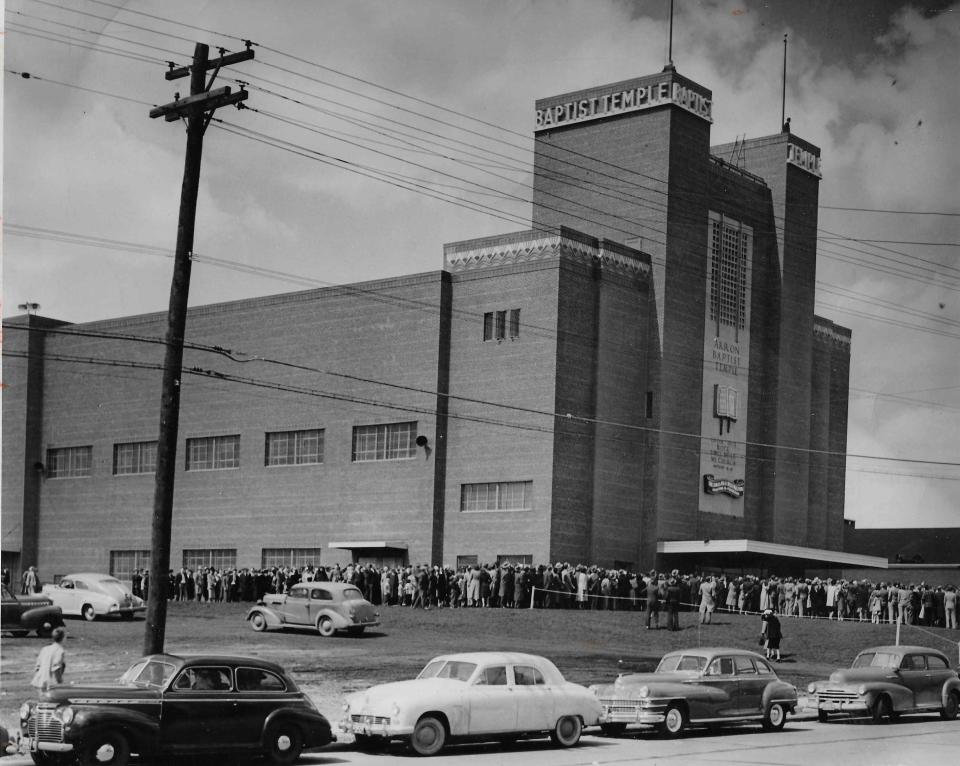
Historians and Black people who tried to attend the church 50 years ago described the roots of Akron Baptist Temple as segregationist. Akron Baptist Temple founder Dallas Billington, who died in 1972, routinely rejected the notion that his church ever harbored racist feelings.
Founded in 1934 with 13 members meeting on Sundays in Reimer School, Akron Baptist Temple pioneered radio and television evangelism, outliving the austerity of wartime and criticism for its fundamentalist doctrine. It boasted more than 4,000 members in the 1950s and the “world’s largest Sunday school” a decade later.
“We have colored folks who come here from time to time, but they usually come once and don’t return,” Billington said in an old interview. “They just don’t seem to feel as welcome here.”
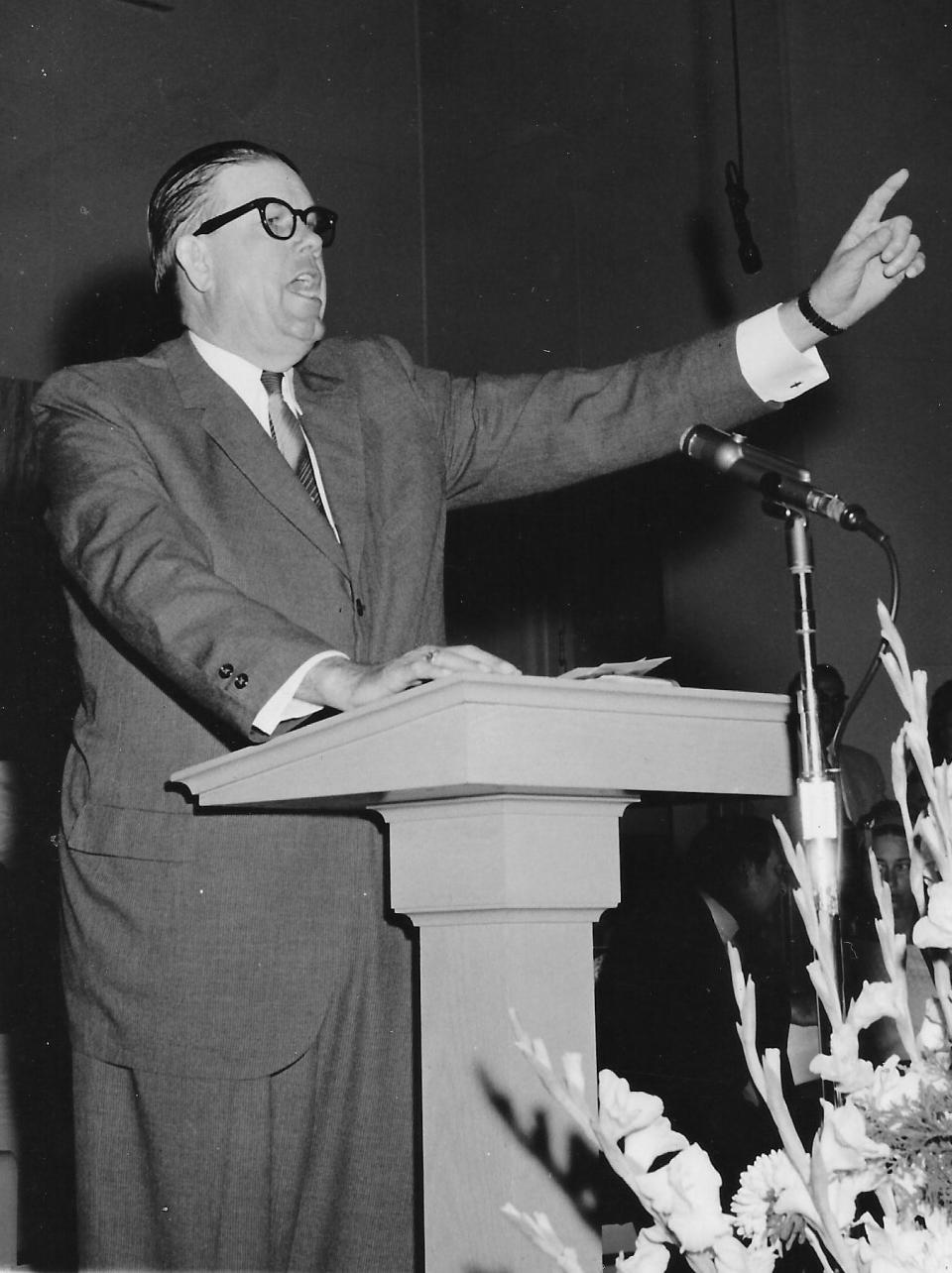
But leaders at the Word Church, whose members are almost entirely Black, said its 10 months of sharing space with the last leaders of Akron Baptist were amicable.
Still, members refused to attend service at the new location. So, the Word Church listed the property for sale in 2019 – one year after buying it. The initial asking price of $3.9 million has been slashed to $695,000, or enough to cover the back taxes on the now vacant and blighted property.
2324 Manchester Road by Doug on Scribd
The Rev. R.A. Vernon of the Word Church bought the Manchester Road megachurch in 2018 as a surprise gift to his Cleveland-based members after expanding into Akron on Brittain Road. But members never moved to the new location in Kenmore and, concerned about the expensive acquisition cutting into the church’s overall budget, Vernon eventually divested entirely from Akron.
He turned over what was then a ballooning lease on Brittain Road to one of his pastors, Deante Lavendar, who opened the Remedy Church, which has grown in membership.
There are no immediate plans for the 29 acres on Manchester Road if the city tears down the old church. Ed Matzules with Colliers, the investment firm managing the sale of the building, said the demolition estimate could be as high as $2 million or as low as $1 million. The city prices the project at $1.5 million.
“Since all the vandals have gone in there and destroyed everything and ripped everything out, it created an asbestos situation,” said Matzules, who’s been looking for a buyer to redevelop the property. “So, that's why they're not sure how much it would cost [to demolish], but that was a ballpark estimate.”
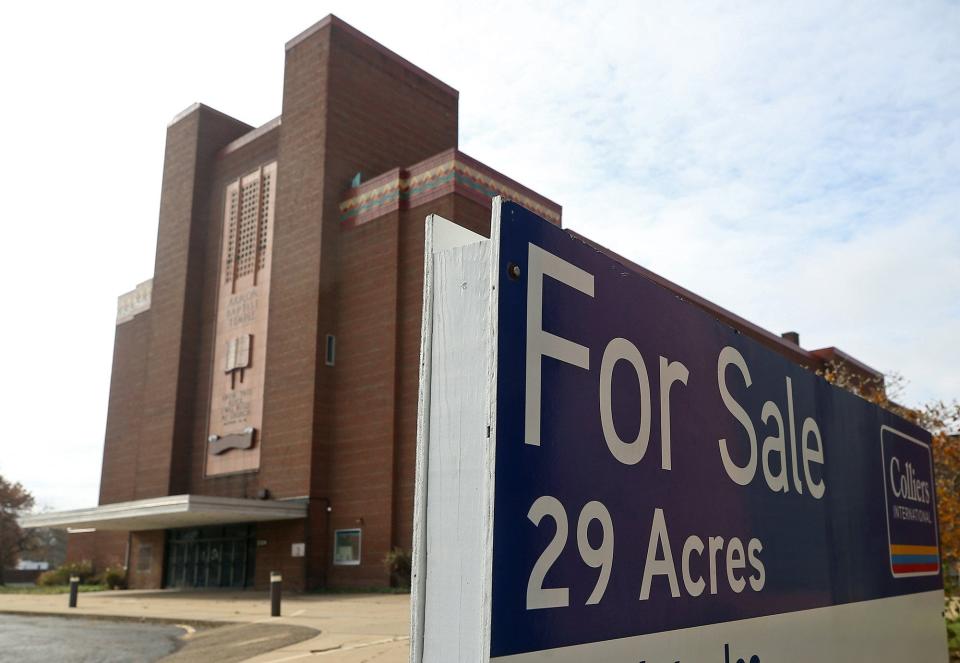
Kenmore Annex
Location: 350 Paris Ave.
Owner: City of Akron
Size: 7,452 square feet
Just south of Interstate 76 on Lakeshore Boulevard tucked behind a giant oaks surrounding old St. Mary’s Stadium, a pair of conjoined industrial buildings — one a cube of cinder blocks with a flat roof and the other long and sided with a pitched roof — have faded into obscurity.
They were more visible in the 1950s and 1960s when St. Mary Stadium hosted football games for the area’s Catholic and public high schools. It was a common setting for the Mogadore Bobcats to meet the Kenmore Gremlins in the old Ohio Bantam Football League or the North Commandos, West Hornets and South Rangers, whose name lives on today in a peewee football league.
The combined light manufacturing facility built by Cleaver Construction Co. built in 1971 housed vocational classes for the old South High School and, after it closed in 1980, Kenmore High. That’s why it was always called an annex.
In 1975, Akron City School District outfitted the building with equipment for welding, painting, metal and woodworking, and audio-visual careers. The district auctioned everything that remained this year.
In June, the school board approved a land swap with the city, trading the Kenmore Annex building and St. Mary’s Field —along with the old Sylvester Small Administration Building on North Broadway, the vacant Hawkins/Nome lot, a parking lot at the old Smith Elementary, and fields at Hyre Park and Miller South — for the city-owned NIHF-STEM School downtown, property at Helen Arnold CLC and the driveway entrance to North High School.
The city, now the owner of the old school annex and what was St. Mary’s Stadium, estimates demolition to cost $1.3 million. After demolition, the plan is to transfer the property to Akron Metropolitan Housing Authority as part of the complete reconstruction of public housing units at Summit Lake.
Morley Health Center
Location: 177 S. Broadway St.
Owner: City of Akron
Size: 277,864 square feet
Named after Akron Health Commissioner Dr. John DeWitt Morley, the Morley Center opened in 1969.
“I have been honored far greater than I deserve,” Morley, who considered becoming a mission worker before going into medicine, said at the dedication of the $4.1 million project.
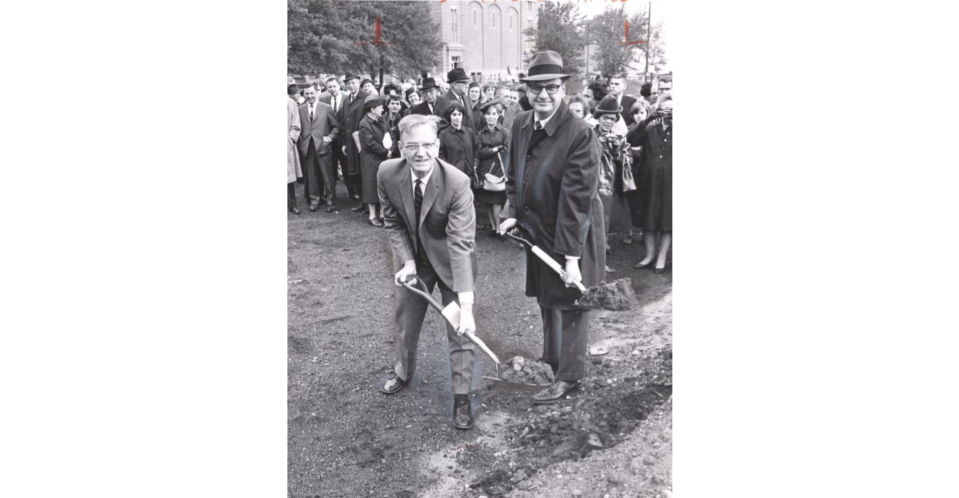
“I think this center stands as a tribute to all the men and women of the city health staff,” said Morley, who couldn’t have known then that the city health department, along with another in Barberton, would merge with the county health department in 2011, 30 years after Morley’s death.
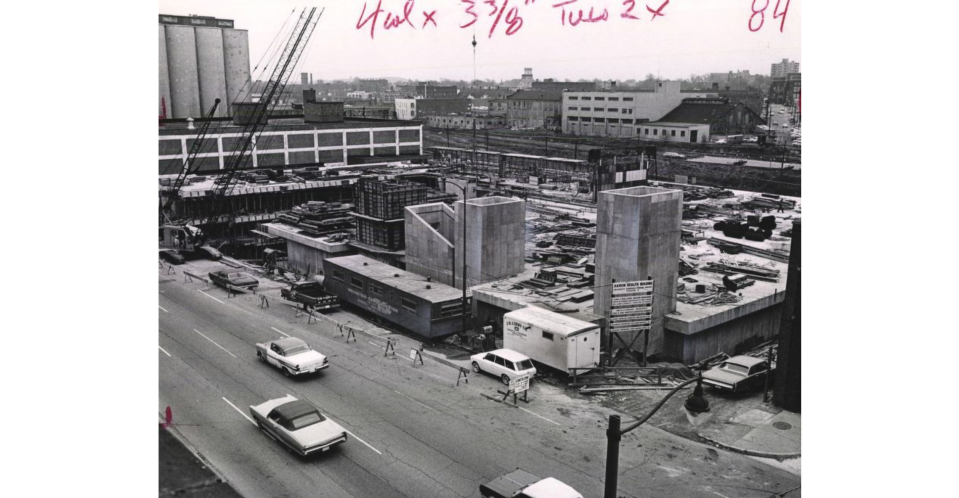
Since then, the center has provided parking and several unrealized dreams.
Newly elected Mayor Dan Horrigan and city judges thought about building a new courthouse on the building's parking deck until architects discovered cost and structural concerns. The city entertained legislation in 2016 to demolish the Morley Health Center for room to build a new municipal courthouse. But that prospect was deemed too costly for a city burdened with reconstructing its sewer system and a court that hadn’t saved nearly enough to start construction.
The Akron Municipal Court, instead, is moving into the Ocasek Building, which the state has transferred to the city of Akron.
Stephen Thompson, chief operations officer for Akron Public Schools, said this summer that renovating the Morley Health Center would have the expense of building a new and needed space for students in the district’s STEM high school, which occupies space in the former Central-Hower High School building now owned by the University of Akron.
UA notified Akron schools that the STEM high school lease would not be renewed after the current school year, although it was extended through the end of the 2023-24 school year to give the district time to find a new home for the school's 320 students.
The city estimates it will cost $350,000 to tear down Morley.
Reporter Mark Price contributed research to this report. Reach reporter Doug Livingston at dlivingston@thebeaconjournal.com or 330-996-3792.
This article originally appeared on Akron Beacon Journal: Akron wants to demo Firestone plant, megachurch, school, health center

